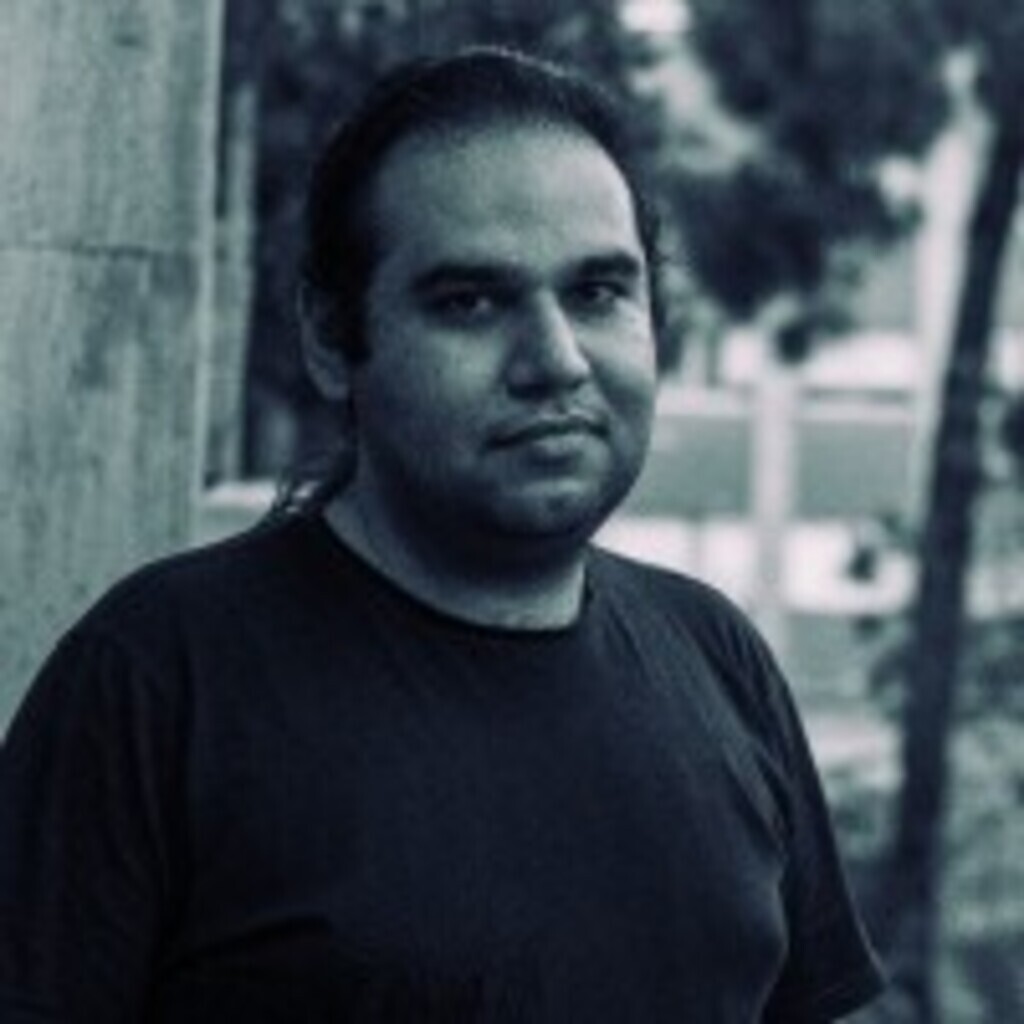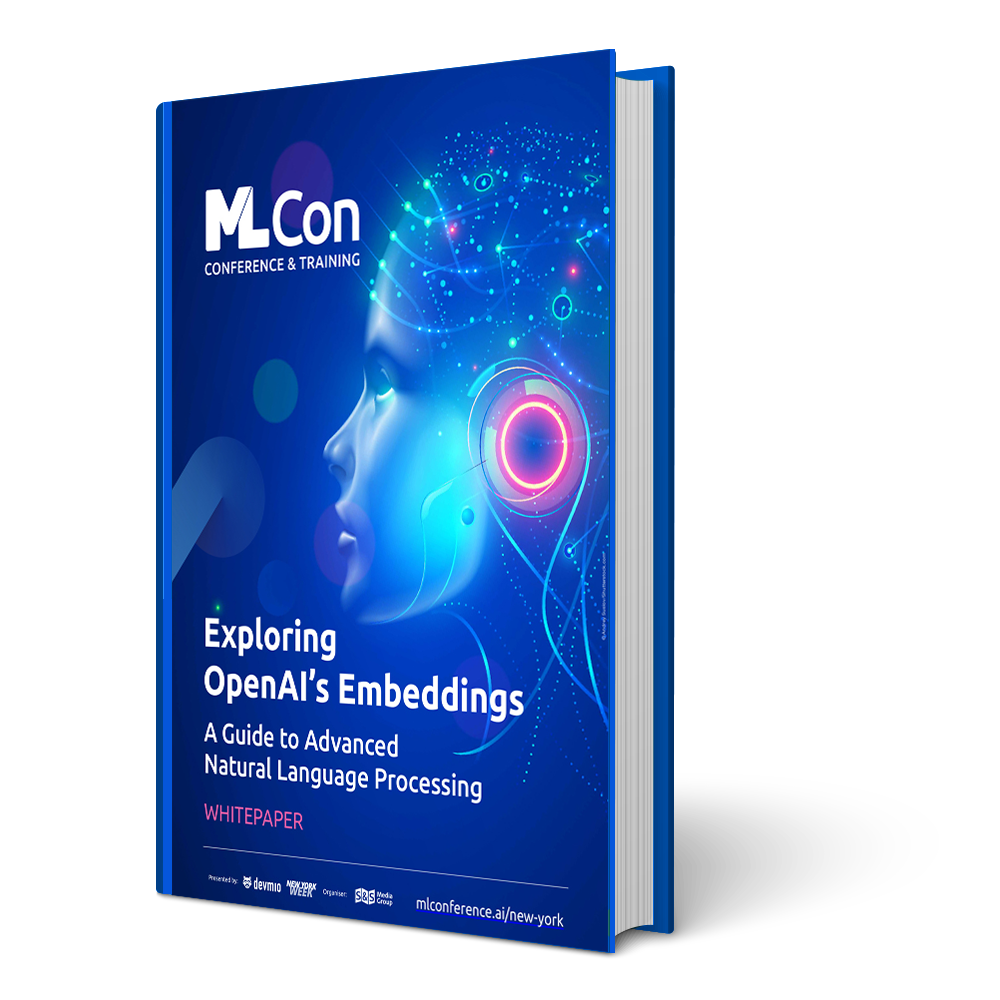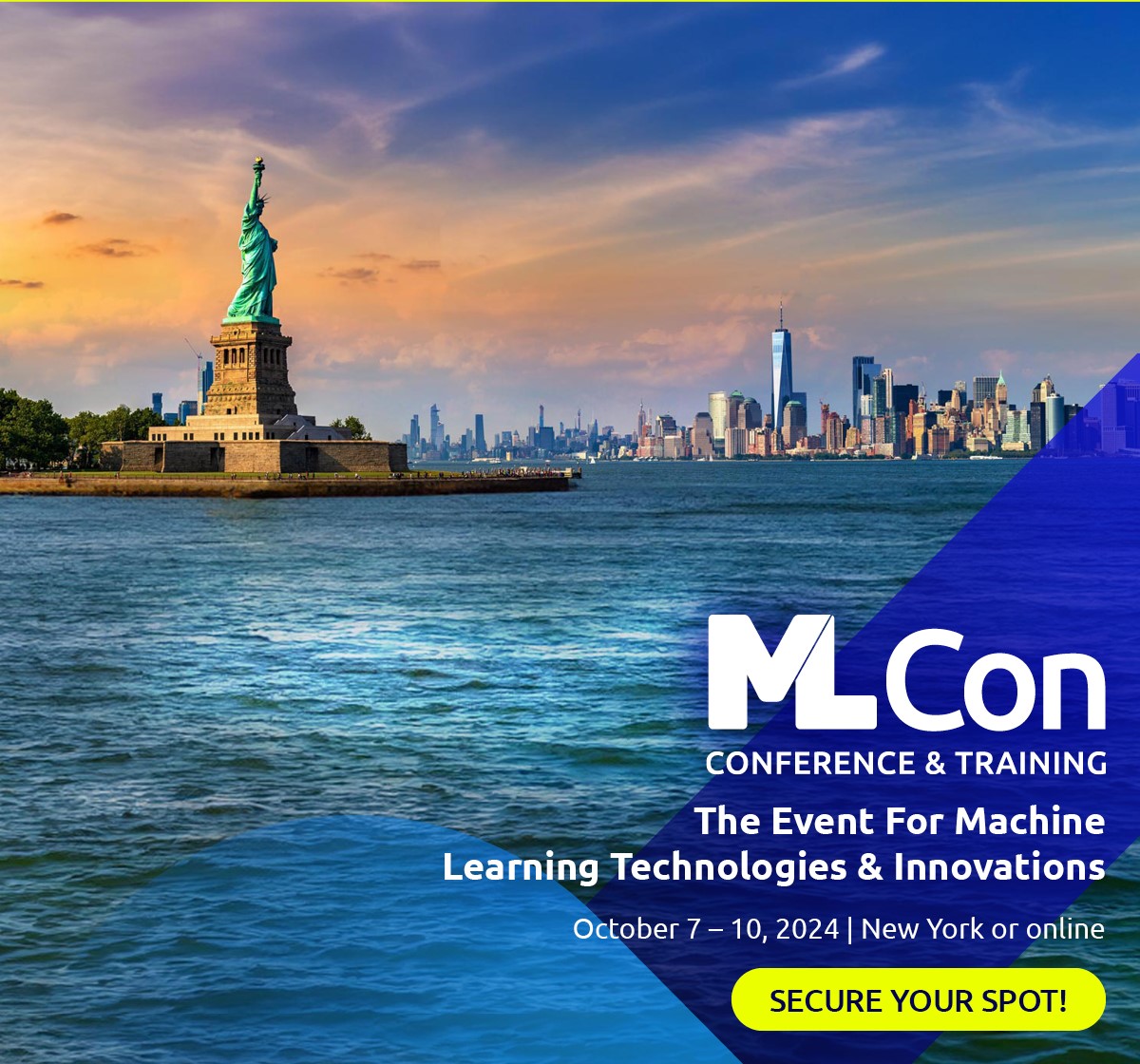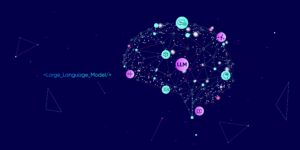devmio: Hello Muhammadreza, it’s nice to catch up with you again and see what you’ve been working on. What inspired you to create vecentor after creating Mann-E?
Muhammadreza Haghiri: I am enthusiastic about everything new, innovative and even game-changing. I had more use-cases for my generative AI in my mind but I needed a little motivation to bring them to the real world.
One of my friends, who’s a talented web developer, once asked me about vector outputs in Mann-E. I told her it’s not possible, but with a little research and development, we did it. We could combine different models and then, create the breakthrough platform.
devmio: What are some of the biggest lessons you’ve learned throughout your journey as an AI engineer?
Muhammadreza Haghiri: This was quite a journey for me and people who joined me. Learned a lot, and the most important one is that infrastructure is all you need. living in a country where infrastructure isn’t as powerful and humongous as USA or China, we usually stop at certain points.
Although I personally made efforts to get past those points and make my business bigger and better, even with the limited infrastructure we have here.
Stay up to date
Learn more about MLCON
devmio: What excites you most about the future of AI, beyond just the art generation aspects?
Muhammadreza Haghiri: AI is way more than the generative field we know and love. I wrote a lot of AI apps way before Mann-E and Vecentor. Such as ALPNR (Automated License Plate Number Recognition) proof-of-concept for Iranian license plates, American and Persian sign language translators, OSS Persian OCR, etc.
But in this new advanced field, I see a lot of potentials. Specially with these new methods such as function calling, we easily can do a lot of stuff such as making personal/home assistants, AI powered handhelds, etc.
Updates on Mann-E
devmio: Since our last conversation, what kind of updates and upgrades for Mann-E have you been working on?
Muhammadreza Haghiri: Mann-E is now having a new model (no SD anymore, but heavily influenced by SD), generating better images and we’re getting closer to Midjourney. To be honest, in eyes of most of our users, our outputs were much better than Dall-E 3 and Midjourney.
We have one more rival to fight (according to the feedback from users) and that is Ideogram. One thing we’ve done is that we’ve added an LLM improvement system for user prompts!
devmio: How does Mann-E handle complex or nuanced prompts compared to other AI models?
Are there any plans to incorporate user feedback into the training process to improve Mann-E’s generation accuracy?
Muhammadreza Haghiri: As I said in the previous answer, we now have an LLM in the middle of user and model (you have to check its checkbox by the way) and it takes your prompt, processes it, gives it to the model and boom, you have results even better that Midjourney!
P.S: I mention Midjourney a lot, since most of Iranian investors expected us to be exactly like current version of midjourney when even SD 1.5 was a new thing, this is why Midjourney became our benchmark and biggest rival at the same time!
Questions about vecentor:
devmio: Can you please tell our readers more about the model underneath vecentor?
Muhammadreza Haghiri: It’s more like a combination of models or a pipeline of models. It uses an image generation model (like Mann-E’s model), then a pattern recognition model (or a vision model if you mind) and then, a code generation model generates the resulting SVG code.
This is the best way of creating SVG’s using AI, specially complex SVG’s like what we have on our platform!
devmio: Why did you choose a mixture of Mistral and Stable Diffusion?
Muhammadreza Haghiri: The code generation is done by Mistral (a finetuned version), but image generation and pattern recognition aren’t exactly done by SD.
Although at the time of our initial talks, we were still using SD, but we just switched to Mann-E’s proprietary models and trained a vector style on top of that.
Then, we just moved to OpenAI’s vision models in order to get the information about the image and the patterns.
At the end, we use our LLM in order to create the SVG code.
It’s a fun and complex task of generation of SVG images!
devmio: How does Vecentor’s approach to SVG generation differ from traditional image generation methods (like pixel-based models)?
Muhammadreza Haghiri: As I mentioned, SVG generation is being treated as code generation because vector images are more like guidelines of how lines and dots are drawn and colored on the user’s screen. Also there are some information of scales and the scales aren’t literal (hence the name “scalable”).
So we can claim that we achieved code generation in our company and it opens the doors for us to make new products for developers and people who need to code.
devmio: What are the advantages and limitations of using SVGs for image creation compared to other formats?
Muhammadreza Haghiri: For a lot of applications such as desktop publications or web development, SVG’s are better choice.
They can be easily modified and their quality will be the same. This is why SVG’s matter. The limitations on the other hand are that you just can’t expect a photo realistic image be a good SVG, since they’re made very very geometric.
devmio: Can you elaborate on specific applications where Vecentor’s SVG generation would be particularly beneficial (e.g., web design, animation, data visualization)?
Muhammadreza Haghiri: Of course. Our initial target market was for frontend developers and UI/UX designers. But it can also be spread to the other industries and professions as well.
The Future of AI Art Generation
devmio: With the rise of AI art generators, how do you see the role of human artists evolving?
Muhammadreza Haghiri: Unlike what a lot of people think, humans are always ahead of machines. Although an intelligent machine is not without its own dangers, but we still can be far ahead of what a machine can do. Human artists will evolve and will become better of course, and we can take a page from their books and make better intelligent machines!
devmio: Do you foresee any ethical considerations specific to AI-generated art, such as copyright or plagiarism concerns?
Muhammadreza Haghiri: This is a valid concern and debate. Artists want to protect their rights and we also want more data. I guess the best way of getting rid of copyright disasters is that not being like OpenAI and if we use copyrighted material, we pay the owners of the art!
This is why both Mann-E and Vecentor are trained of AI generated and also royalty free material.
devmio: What potential applications do you see for AI art generation beyond creative endeavors?
Muhammadreza Haghiri: AI image, video and music generation is a tool for marketers in my opinion. You will have a world to create without any concerns about copyrights and what’s better than this? I personally think this is the future in those areas.
Also, I personally look at AI art as a form of entertainment. We used to listen to the music other people made, nowadays we can produce the music ourselves just by typing what we have in our mind!
Stay up to date
Learn more about MLCON
Personal Future and Projects
devmio: Are you currently planning new projects or would you like to continue working on your existing projects?
Muhammadreza Haghiri: Yes. I’m planning for some projects, specially in Hardware and Code Generation areas. I guess they’ll be surprises for next quarters
devmio: Are there any areas in the field of AI or ML that you would like to explore further in the near future?
Muhammadreza Haghiri: I like the hardware and OS integrations. Something like a self operating computer or similar stuff. Also, I like to see more AI usage in our day to day lives.
devmio: Thank you very much for taking the time to answer our questions.






